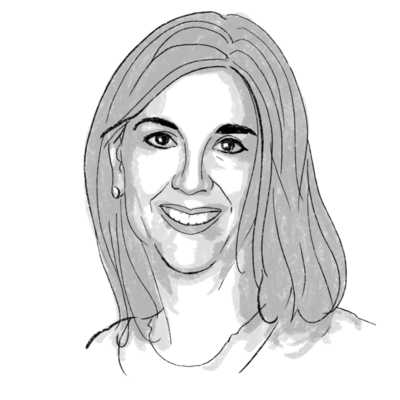Error loading media: File could not be played
00:0000:0000:00
00:00
 April Austin
April Austin
As Muslims celebrate the start of Ramadan this week, they draw closer to their faith through prayers and fasting. But the holy month also means tighter enforcement of piety laws in some countries, with authorities doling out harsh punishments to people accused of a range of offenses, from blasphemy to failing to observe the fast.
Author Mustafa Akyol wants to convince his fellow Muslims that such punitive laws “grew out of historical interpretations and do not represent the unchangeable divine core of the faith.” In his new book, “Reopening Muslim Minds: A Return to Reason, Freedom, and Tolerance,” he makes the case that in Islamic history, the values of justice, mercy, and human dignity were emphasized alongside obedience to God’s commands.
During the Islamic Golden Age, from the eighth to the 14th centuries, Muslims were on the cutting edge of science, mathematics, and philosophy. “If there had been Nobel Prizes, they would have won all of them,” Mr. Akyol says in an interview. He wants to see a Muslim Enlightenment, similar to what occurred in 18th-century Europe, that would encourage discussions about questions of theology and ethics.
But “there are powerful orthodoxies” in the contemporary Muslim world that have become a rallying point for those who “would use coercion to advance and protect Islam,” he says. Hence laws that emphasize outward compliance over inner transformation – a phenomenon that also exists in fundamentalist branches of Christianity and Judaism.
Mr. Akyol wants to reintroduce the ideas of early Muslim philosophers who “believed that human dignity and reason were important in and of themselves.”
He’s under no illusion that change will happen quickly. But he is hopeful. “In parts of the Muslim world, you have young people who are fed up” with rigid laws meant to enforce piety. “They’re saying, ‘There must be a way out of this.’”

Our name is about honesty. The Monitor is owned by The Christian Science Church, and we’ve always been transparent about that.
The Church publishes the Monitor because it sees good journalism as vital to progress in the world. Since 1908, we’ve aimed “to injure no man, but to bless all mankind,” as our founder, Mary Baker Eddy, put it.
Here, you’ll find award-winning journalism not driven by commercial influences – a news organization that takes seriously its mission to uplift the world by seeking solutions and finding reasons for credible hope.
Explore values journalism About us